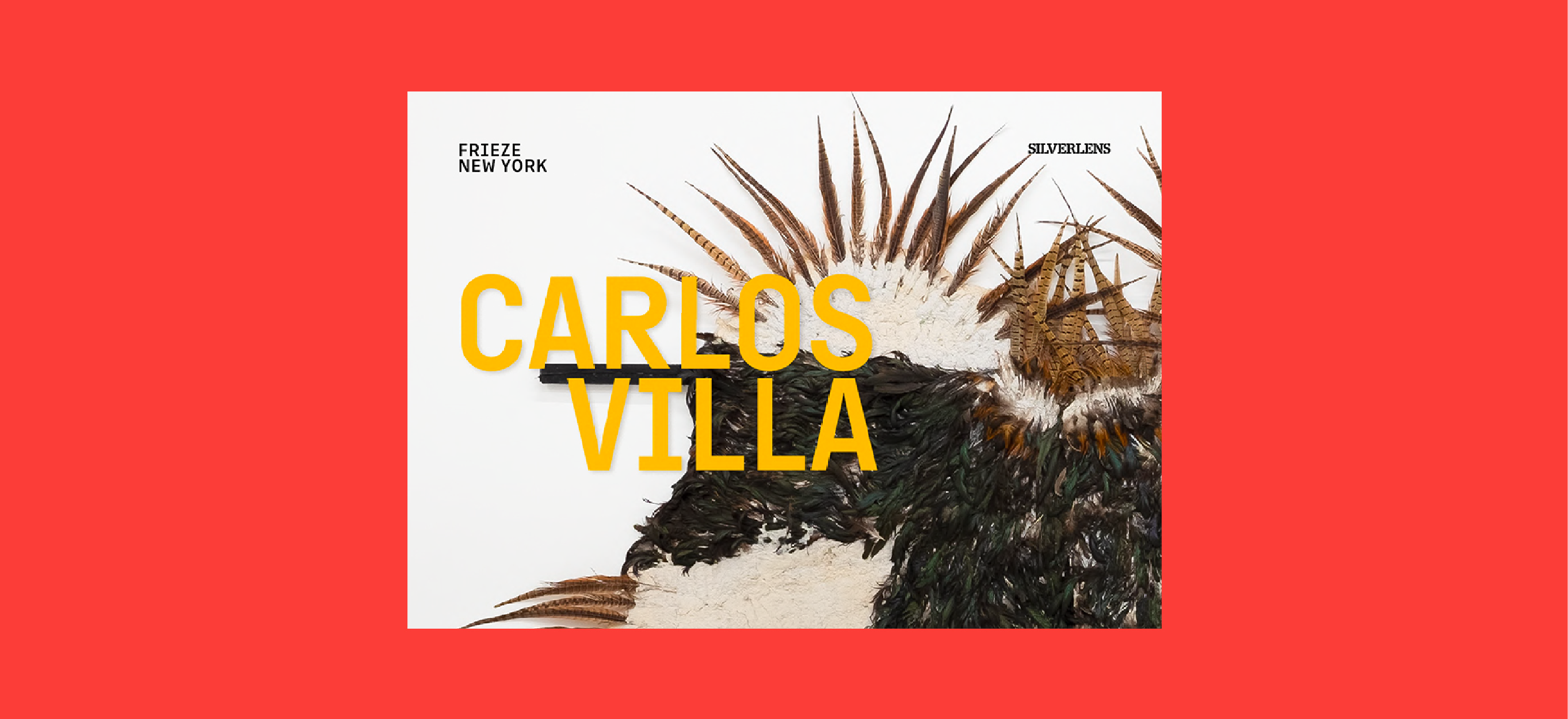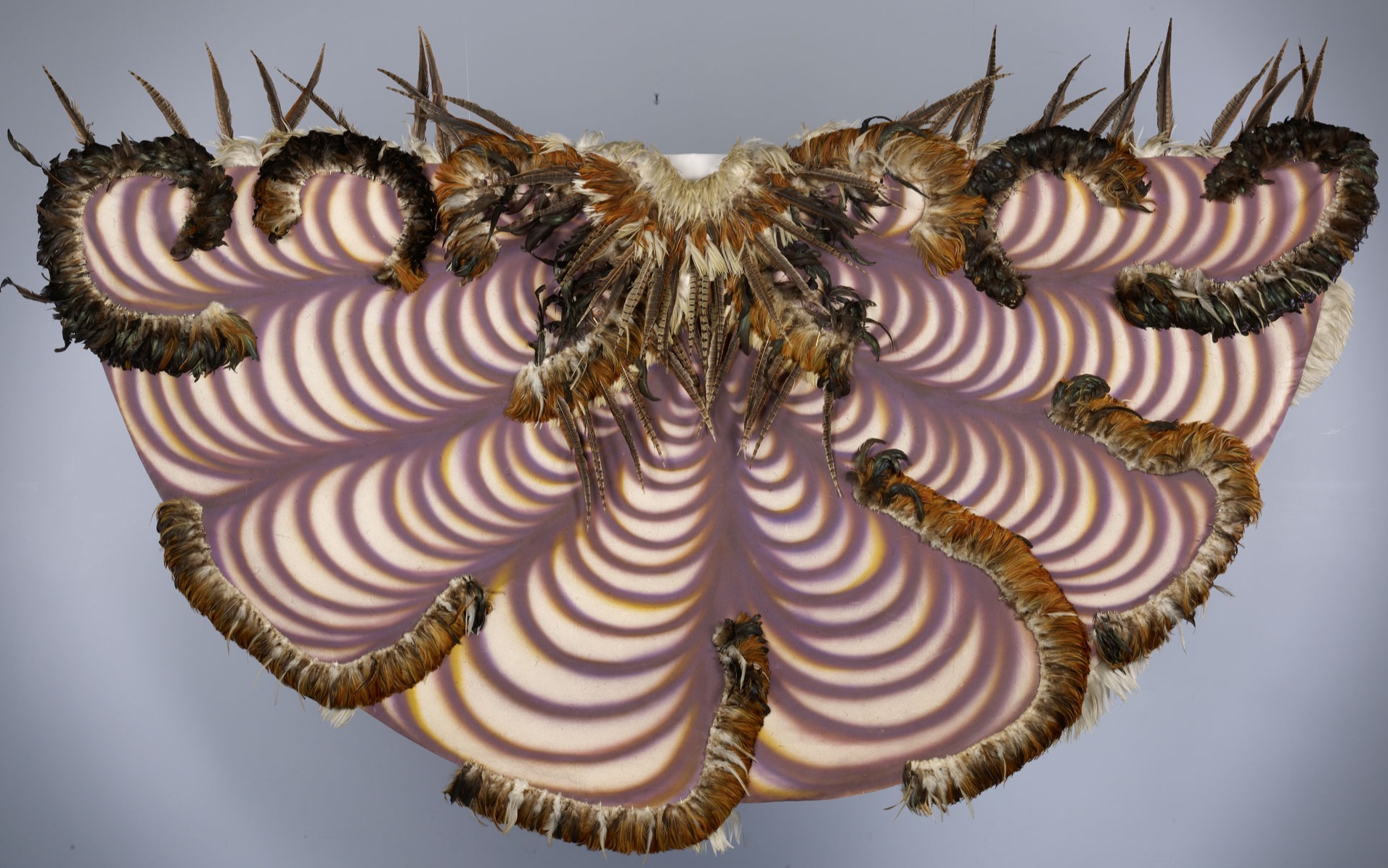
About
Carlos Villa: Illuminating Filipino American Futurism
In a recent interview relating to his exhibition An Archeology of Silence featuring portraits of fallen African American subjects, artist Kehinde Wiley explains why we need to dig out stories that were not necessarily previously given any light, so we can point light toward where we want to move.¹ In making this statement, Wiley also illuminates the artistic project of his former San Francisco Art Institute teach- er, first-generation Filipino American Carlos Villa, whose example helped construct the scaffolding for a future that we now inhabit, and who left us tools to further build a futurism which we are still in the process of imagining.
Carlos Villa (1936-2013) was born in San Francisco’s Tenderloin, a highly urbanized ghetto neighborhood; today a ten-story tall mural of Villa’s own 1971 Tat2 self-portrait by another former-SFAI-student (Mario Ayala)² looks over a contemporary dystopic societal landscape as a beacon of transformation and hope. Villa himself was transformed multiple times through his own process of artmaking, writing “From then until now, through the practice of art, I became who I am.”³ In part inspired by an ignorant statement by one of his art school teachers in the late 1950s who said “There is no Filipino art history,” Villa began his life’s project to recuperate his own sources. After five years as a minimalist making sculpture refer- encing architecture in New York during the mid-1960s, Villa returned to San Francisco in 1969 which was then enmeshed in Third World Liberation consciousness of the Black Panther Party, and Indians of All Tribes Occupation of Alcatraz. He embraced that liberation ideology to counter the atmosphere of self-loathing he had grown up in and around. In response, the artist changed his art in the 1970s to reflect a socially engaged worldview, incorporating references to non-western traditions that included tattoos and feathered coats and capes that had roots in Pacific Islander cultures. Over the next decade he then produced an extensive body of work using his own body indexically as imagery. He then spent yet another decade exploring the experience of Filipino American immigrants of his parents’ genera- tion. All this before returning to a more abstract minimal approach at the end of his career, albeit one which was multilayered with the content of the prior personal and socio-historical investigations.
Silverlens' Frieze presentation features works from several of these critical decades. Drawings from the late 1960s introduce his search for imagery that could express an identity of difference. In these, we can sense Villa’s gaze shifting away from the cloudy web of inherited mainstream artistic sources to an exploration of internal coiling mazes that eventually seemed emblematic of his own spiritual bowels. After he returned to San Francisco in 1969, Villa enlarged these roiling intestinal shapes on unstretched canvas to suggest an expansive ethnographic self. A brilliant example is Villa’s Untitled (1979), with its dynamic circular energy cyclones arising from a central core. Synchronous with Bettye Saar, Villa gained access to an important Africa, Oceania and the Americas ethnographic museum collection and found inspiration there in objects including Australian Aboriginal Kurdaicha feathered shoes, and the bold patterns of tapa cloth⁴. An unleashed tapa energy courses through this wonderful painting like a powerful electric charge.
One of the last of his feathered coats is also featured at Frieze, Villa’s Kite God Coat (1979). Its exquisite fabric lining is filled with airbrushed hand-prints that recalls prehistoric rock art, as if Villa was digging deep into our collective past to discover our ancient shared roots as well as reaching across a more global conception of art history. The incorporation of paper pulp is evidence of Villa’s love for collabo- ration – not only in his activist curatorial agenda but also in expanding the scope of his artmaking. In the late 1970s, various artists collaborated with printmakers to experiment with paper pulp in innovative ways, including David Hockney’s iconic 1978 Paper Pools. Kite God Coat’s paper pulp aura format with protuberant feathers evokes wings, the source of its title. Villa once told this writer that while his coats and capes were made as objects to suspend or display on the wall, he tried each of them on once (he only performed once using one of these coats, in 1980, in the work entitled Ritual). The visible crack in the paper sheet provides evidence of Villa donning his Kite God Coat after it was first finished.
Villa’s spectacular decade of the 1970s was followed by another equally rich one in which he shifted the iconography of his exploration by foregrounding the Filipino body through the making of index- ical body prints. Unlike the work of Yves Klein who used female models as printing tools, Villa’s print paintings were made using his own body - as though Villa wants us to acknowledge his own Filipino presence. Two works from the early 1980s with body prints are displayed at Frieze. Three orange body prints circle the edge of the mural scaled What Comes Again Comes Again (1982); these are set against an animated field dominated by shades of blue and fleshy pink. Careful looking reveals additional collaged face prints on smaller pieces of canvas glued and almost camouflaged into the busy and colorful surface, and below that surface we can barely discern traces of a geometric structure, drawn in charcoal. This layering suggests an acknowledgement of the artist’s earlier geometric activity in New York and ongoing interest in painterly abstraction since his time as a student in the late 1950s and early 1960s. In the Tubby in Love diptych, a hot Cadmium red panel on the right features multiple body and hand prints, while resolutely abstract riotous primary hues of the layered left panel conjure coxcomb forms. These parallel panels again convey the aesthetic layering that came to animate Villa’s later work, pointing to simultaneous, interrelated interests. Tubby’s coxcomb forms evoke the title of Ashile Gorky’s 1944 masterpiece, The Liver is the Cock’s Comb; the sexual innuendo of Gorky’s ambiguous riddle par- allels Villa’s own amorous titling.
The black feathered American Immigration Policy (1996), represents Villa’s return to minimalist archi- tectural abstraction; it also references Filipino American political history with a nod to David Hammons’ famous 1969 Admissions Office. Many people may be unaware of the intricacies of how immigration to the US was strictly controlled by policies of the federal government. After the 1882 Exclusion Act and 1924 Immigration Act slammed doors on earlier Chinese and Japanese workforces, it was Filipinos who fueled America’s hunger for cheap agricultural labor and domestic help. Filipino men, then American subjects but not citizens, were isolated in “bachelor societies” controlled by anti-miscegenation laws. This door is tantalizingly ajar – but not wide enough to walk through. There is no color here, but the feathers still shimmer and shine. In addressing the social history of the Manong, Villa refocused his narrative on a Filipino-specific story of his parents’ generation and the uncles whose experiences he knew well.
An important aspect of Villa’s art was his concurrent commitment to teaching and an activist curatorial practice – threads that run from the periods of civil rights to multiculturalism, to today’s diversity/equity/ inclusion. Akin to his friend and California colleague Ruth Asawa, Villa’s life/work was inextricable from a commitment to community. Although he died a decade ago, Carlos Villa’s Filipino American futurism that marries a deeply felt social consciousness with a passion for artistic innovation lives on in our creative imagination.
– Mark Dean Johnson
¹Kehinde Wiley, in Reshaping the Monumental (https://www.famsf.org/exhibitions/kehinde-wiley-an-archaeology-of-silence#film), 2023, minute 6:50-6:57)
²https://www.mosserliving.com/community/beautifying-the-tenderloin-mosser-towers-new-mural-is-a-tribute-to-a-tenderloin-born-artist/
³Carlos Villa, Sixty Forms of Utang, 1995, unpublished manuscript.
⁴Villa’s friend and later collaborator Thomas Seligman was then curator of the Arts of African, Oceania and the Americas at the Fine Arts Museums of San Francisco at that time.
Carlos Villa (1936 - 2013) was a San Francisco-born visual artist, grass-roots activist, curator, author, and 40+ year educator at the San Francisco Art Institute, among other Bay Area institutions. His artistic origin story is often attributed to a single moment during his early education, when a professor told Villa, “Filipino art history does not exist.” A decade later, Villa abandoned a career in minimalism to begin his ground-breaking practice of culling materials from indigenous cultures across the globe. He collided feathers, bone, physical body prints, and sperm to create strangely-human works that challenged colonial perspectives and laid radical claim to a cross-cultural, diasporic identity. It was Villa’s chess move to render Filipino art history visible and incarnate a foundation for artists to come.
In 2022, Villa received the first-ever major museum retrospective dedicated to the work of a Filipino American artist, which toured bi-coastly from the Newark Museum of Art to the San Francisco Art Institute and Asian Art Museum. Additional accolades include Villa’s 2011 solo retrospective Manongs, Some Doors and a Bouquet of Crates at the Mission Cultural Center for Latino Arts in San Francisco, and Other Sources: An American Essay, a multidisciplinary, multiethnic exhibition centered around women and artists of color, curated by Villa and presented in conjunction with the 1976 American Bicentennial.
Installation views
Works
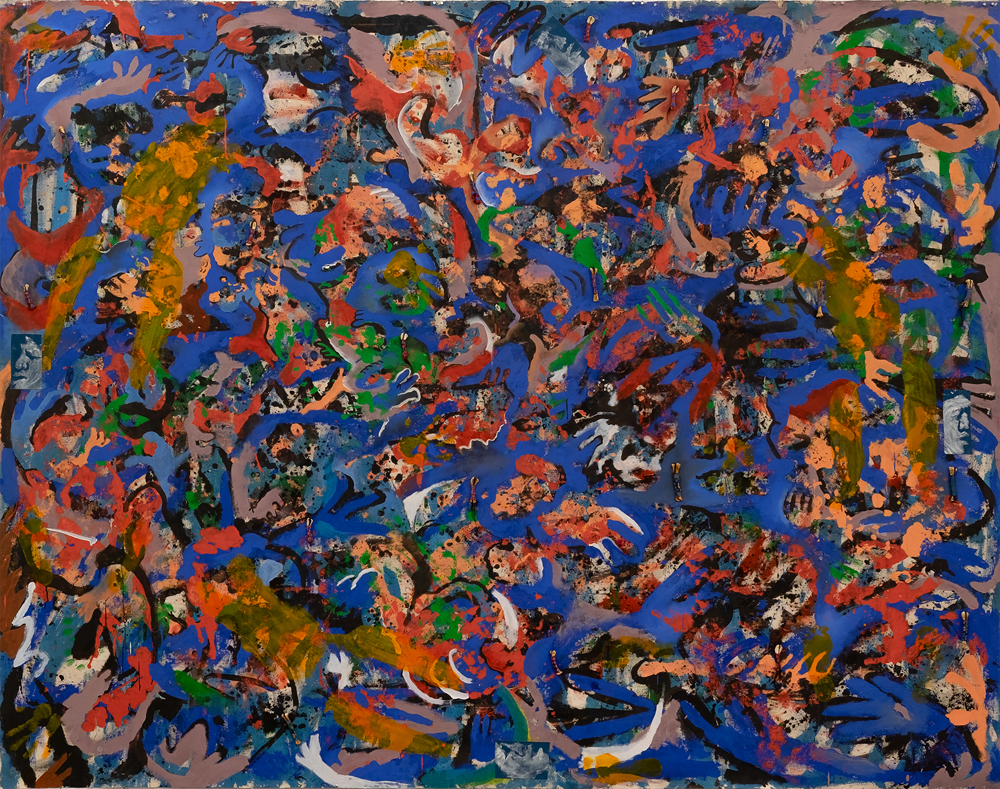
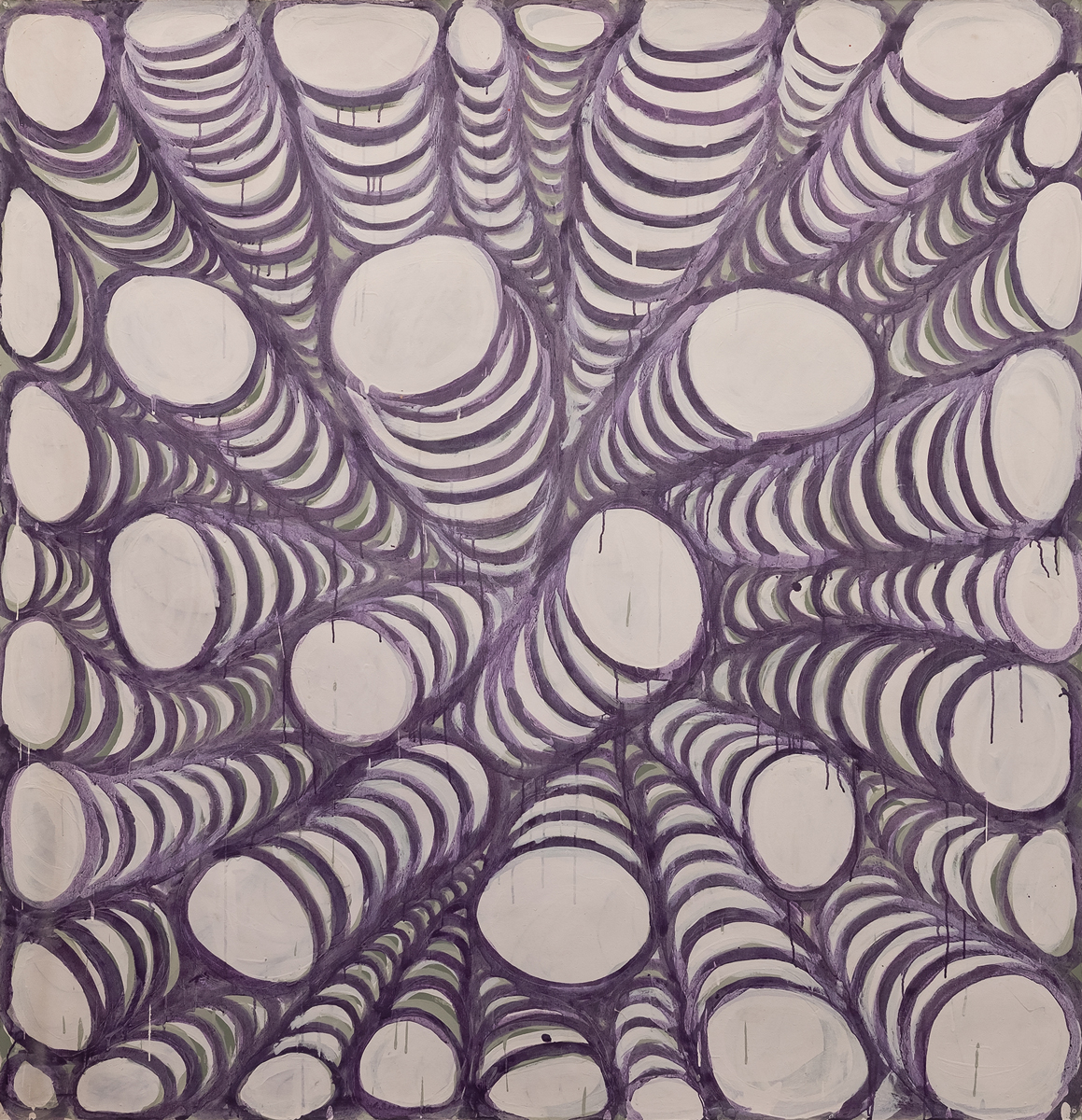
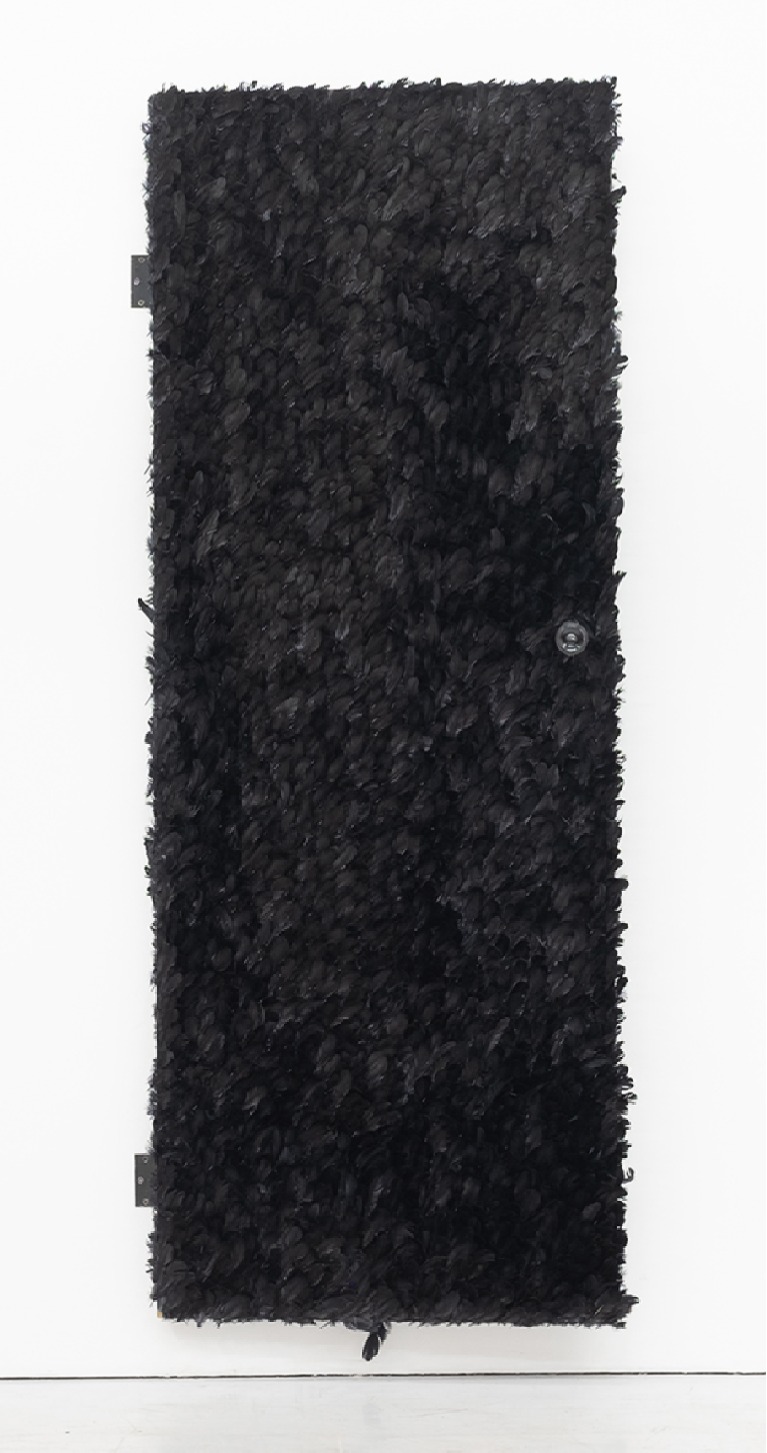
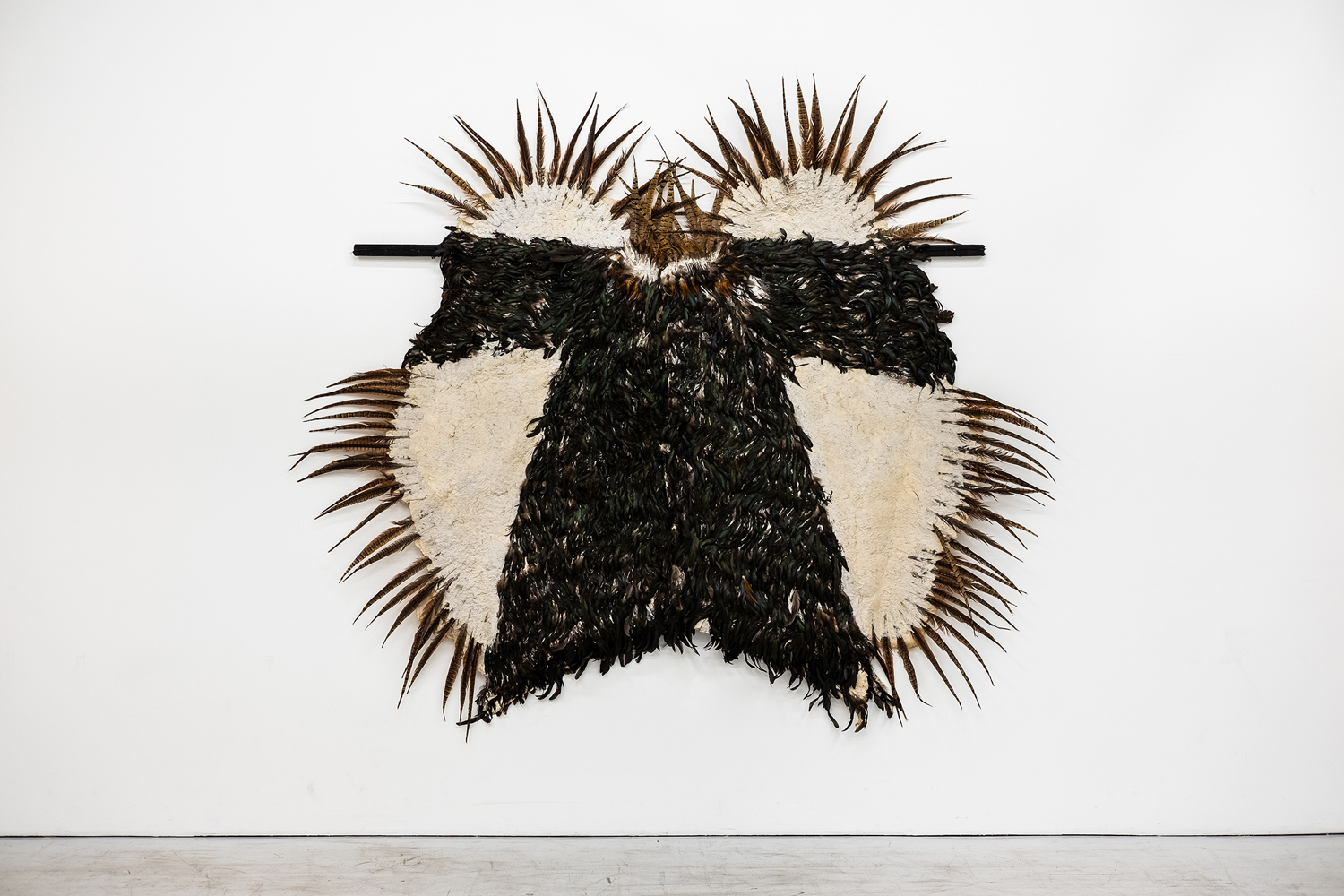
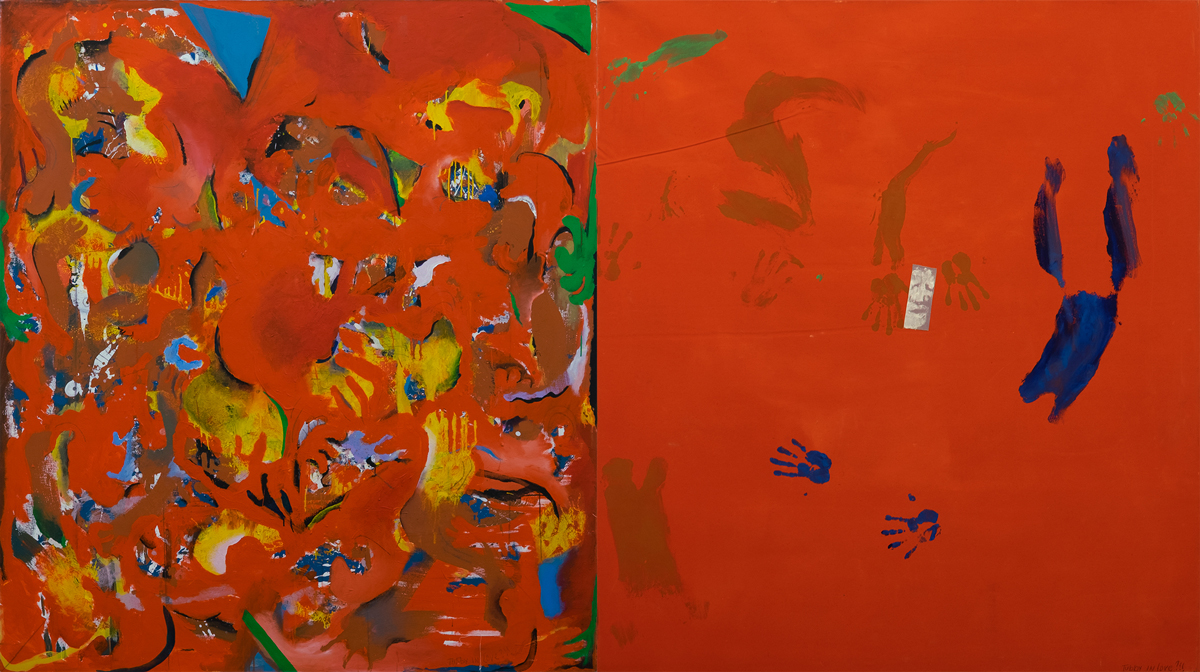
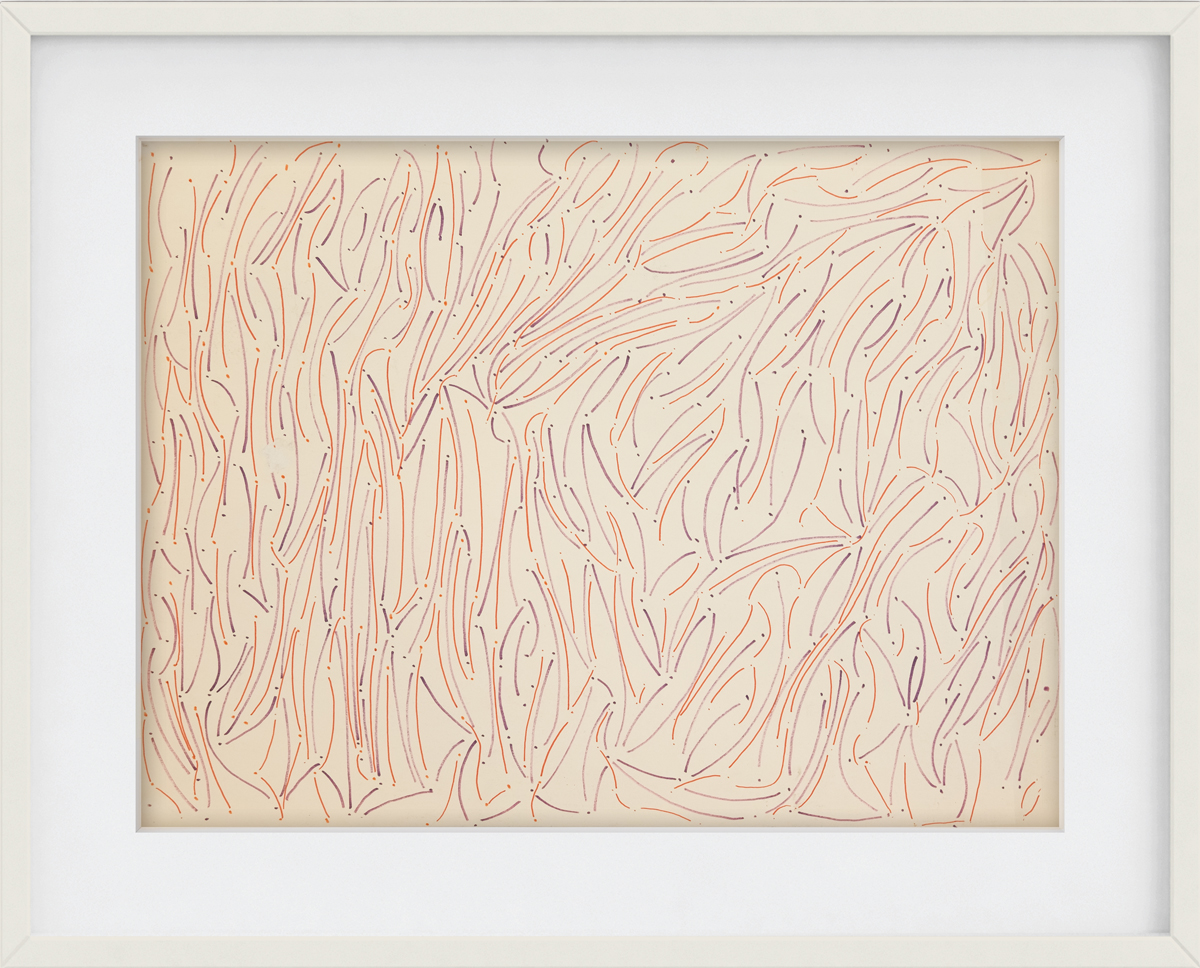
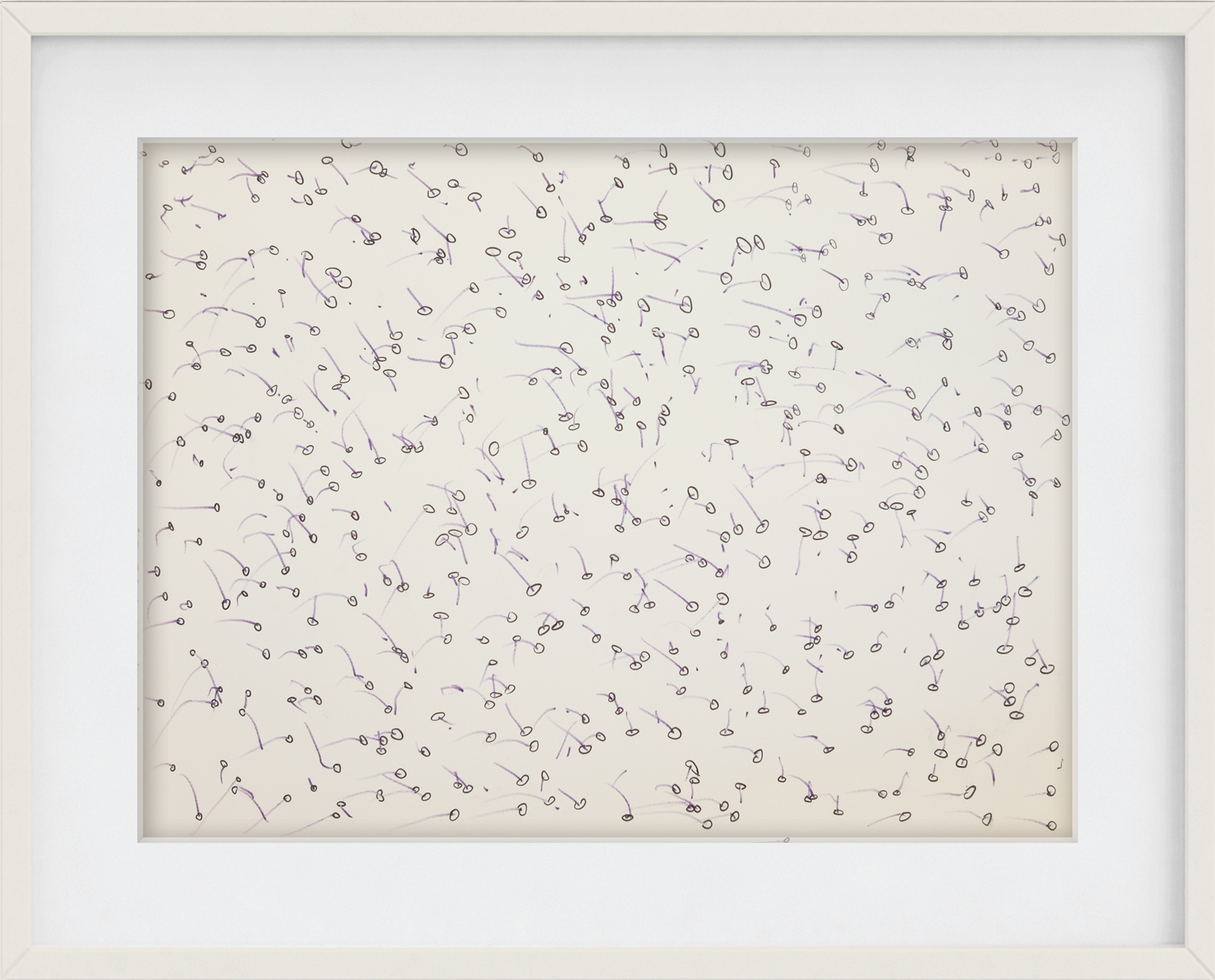
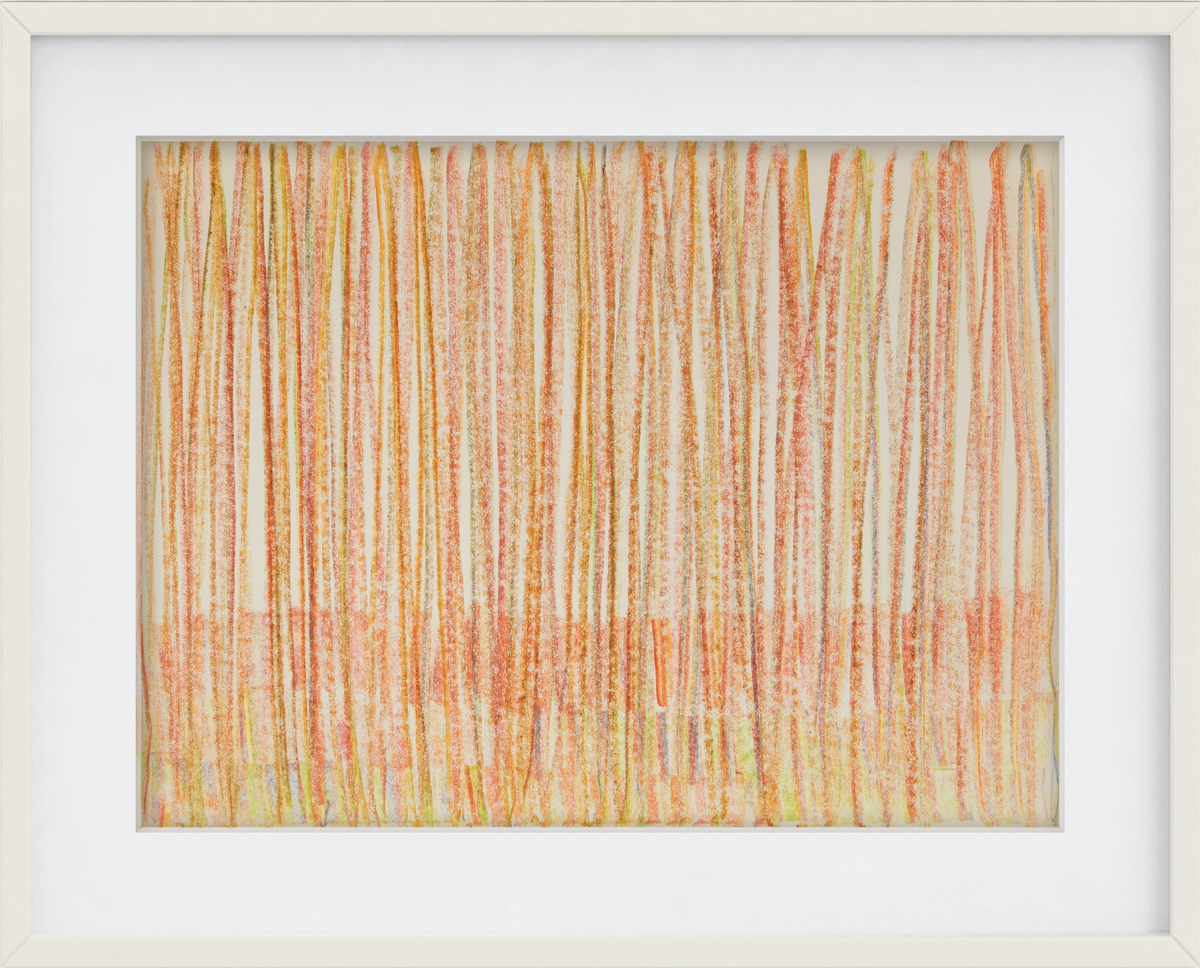
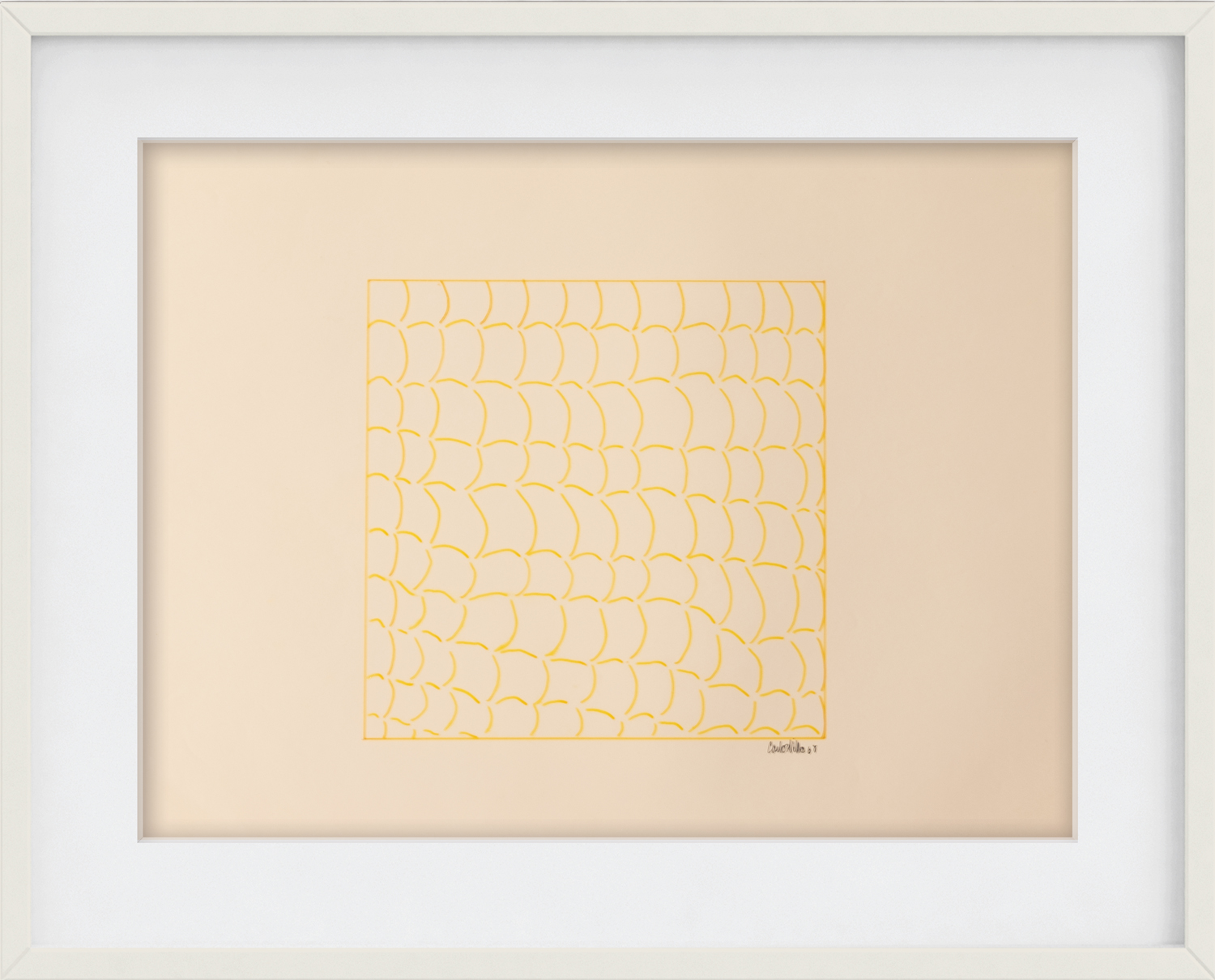
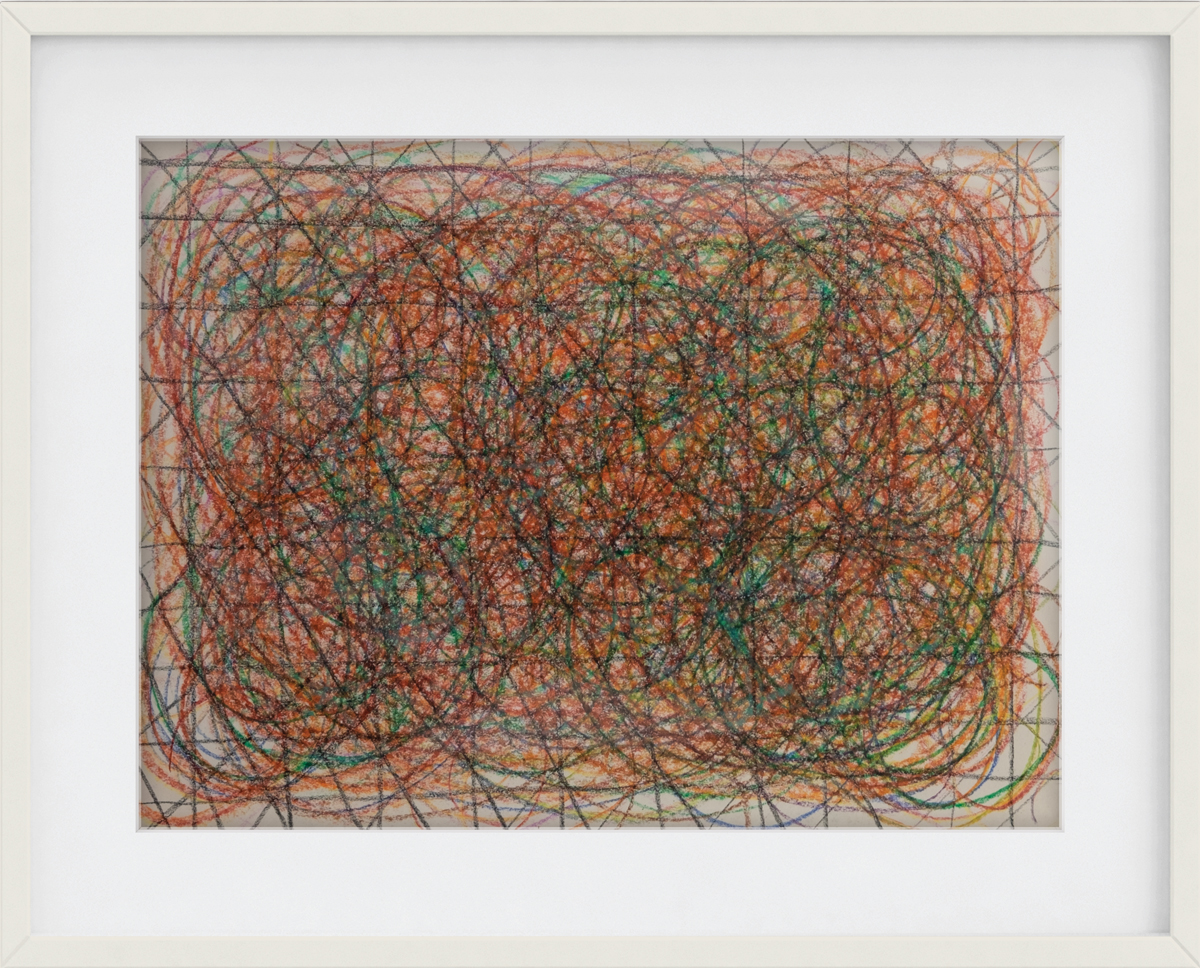
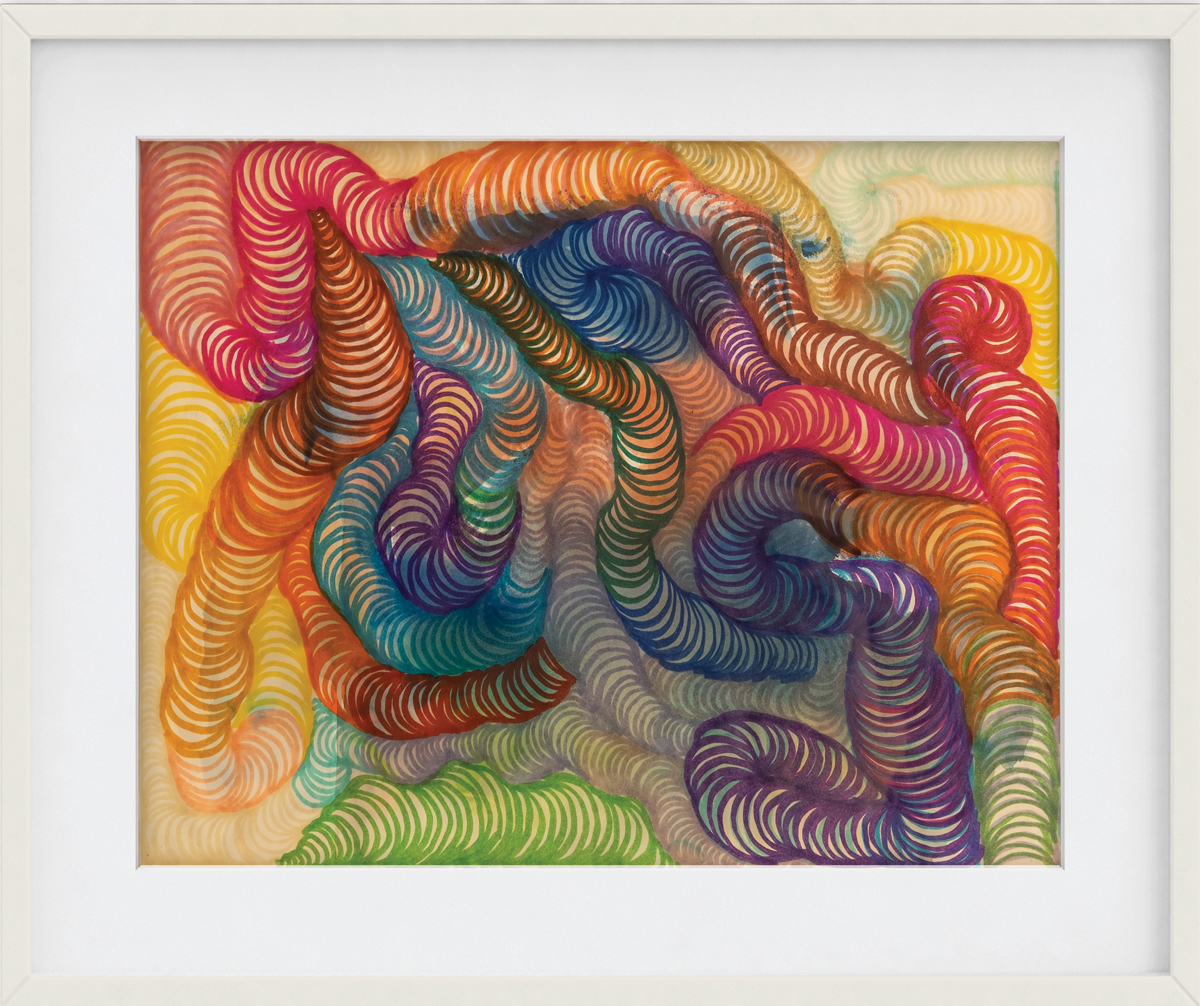
Press
- Financial Times | Silverlens gallery offers stateside visibility to south-east Asian artists

- The New York Times | At Frieze New York 2023, One-Person Shows That Shine

- ARTNews | The Best Booths at Frieze New York 2023

- Observer | On View Now: What to See at Frieze New York

- frieze | Take a Bite of the Big Apple with Art:LIVE at Frieze New York

- frieze | Alex Gartenfeld's Top Picks from Frieze New York Viewing Room 2023

- Cultured Magazine | These 6 Works at Frieze New York Show the Art Market Heading in New Directions

- Cultured Magazine | 4 Veteran Art Advisors (and New Yorkers) on How To Navigate Frieze New York

- The Art Newspaper | Is Frieze New York well-placed to jolt an iffy art market?

- artnet | Where Does Art Stand Today? Here are a Few Critical Impressions Gleaned at the Frieze New York Art Fair

- artnet | Here Is Your Go-To Guide To The Next Two Weeks Of Art Fairs In New York

- artnet | Frieze Forecast: Artists Opt to Either Ply Ancient Traditions or Explore the Outer Realms of the Future

- Town & Country | Design Dispatch: NY Design Week Highlights, Frieze NY, Spring Shopping and More

- Wallpaper | Frieze New York opening day: what went down

- Esquire | Filipino Gallery Silverlens in New York: Nobody Here is Doing What We're Doing

- GothamToGo | Frieze New York 2023

